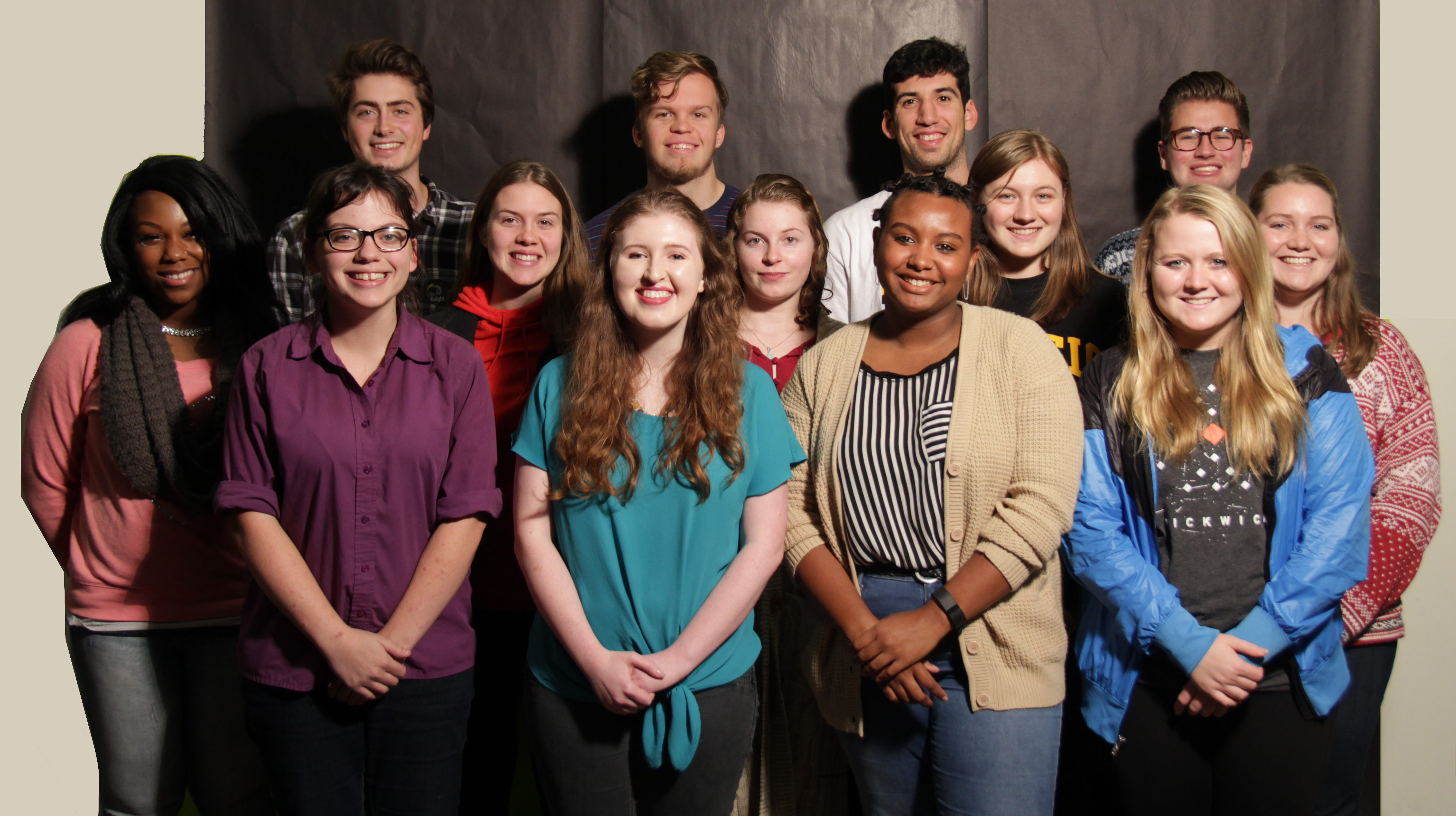By Maddie Bernard, Guest Columnist
The Washington State Legislature made history Feb. 18 when it passed the Development, Relief, and Education for Alien Minors Act, more commonly known by the acronym DREAM.
The DREAM Act would allow qualified undocumented students to be eligible for financial aid at the university level, allow them to enlist in the military and eventually petition for citizenship.
The DREAM Act has a long and difficult history, which began in 2001. Legislators created and introduced the bill to the Senate, but it failed to receive enough votes. However, the driving force for the DREAM Act was persistent, and over the years, lawmakers modified and reintroduced the DREAM Act in 2006, 2007, 2009 and 2010.
Still, it failed to gain enough votes each time. Under President Barack Obama’s administration, the DREAM Act has gained great momentum. By 2012 the DREAM Act movement had spread all over the nation, however, it still failed by a mere eight votes.
Critics of the DREAM Act believe it would be an easy path for illegal immigrants to gain citizenship and even possibly encourage more illegal immigration in the future, but this is not the case.
In order to qualify for the DREAM Act, immigrants must have come to the United States before age 16, lived in the U.S. for at least five years, graduated high school and have no criminal history. DREAMers can then attend universities with financial aid or apply for the military.
After two years at a university or in the military, and after a waiting period of 5 and ½ years, they can then petition for citizenship.
Due to all of these regulations, the DREAM Act would only allow extremely qualified, hardworking individuals to become U.S. citizens.
We should not hold back the passage of the DREAM Act due to immigration fears. Many undocumented students simply desire to attend college or serve in the military to give back to the country that has given them so much.
It is not fair that these qualified and motivated young adults are held back from attending college, because they don’t have a social security number.
Our country could greatly benefit from their different perspectives and unique skills.
“What if one of those kids could solve the problem of cancer? No one should have his or her intelligence and life chances limited by a social security number,” sophomore Kindra Galan said. “Education should be for all. The DREAM Act just gives many undocumented students [a chance] to attend college.”
Education should be available for everyone regardless of his or her immigration status. It is unfair to limit these students when they are simply trying to pursue their dreams.
Even though they have faced a lot of resistance in the past, the DREAMers can’t be stopped. It seems the more obstacles the DREAM Act has faced, the stronger the movement has become.
The states of California, New Mexico, Texas and Washington have approved the DREAM Act and have granted financial aid to aspiring undocumented students.
Washington State passing the DREAM Act is a huge step for the country that will jump-start the passage of the DREAM Act in other states. People will be chanting the unofficial slogan of the DREAM Act, “Si, se puede” — Spanish for “Yes, we can” — because the DREAM Act is not losing momentum anytime soon.
***BREAKOUT BOX***
The documentary by Davis Guggenheim, “The Dream is Now,” covers the history of the DREAM Act and individual DREAMers stories. It is available for viewing at http://www.thedreamisnow.org/documentary.
For more information, see http://dreamact.info/students or http://www.immigrationpolicy.org/just-facts/who-and-where-dreamers-are-revised-estimates.


















